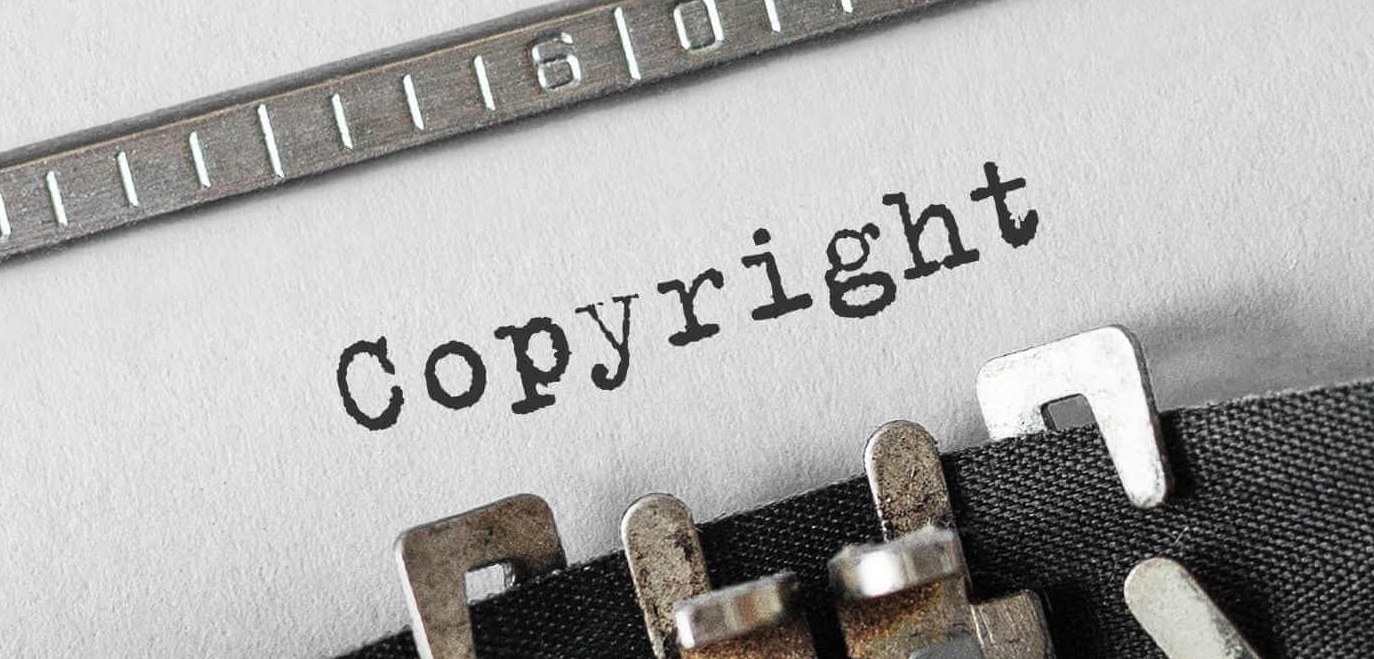- General
- No Comment
What Are Real Life Examples Of Copyright?

Many understand the idea of copyright, but far fewer actually know copyright examples in real life and how they are applied. What this framework results in is the intellectual property protection for authors of original, creative works.
This also includes many digital assets and coding elements, which means that in today’s tech-driven world it is quite a powerful legal tool to hold.
Many businesses far outside of the creative industries will often own works that play an important role in the marketing and operation of their businesses.
This ensures that those with original works are protected and that real businesses have open access to their own assets. Read on to find out more.
Understanding The Basics
From the moment an original work is presented in a tangible form, or any form to be presented to another, the author of that work has domain over that work. As these are exclusive rights, as the holder of that work no one can exercise these rights over the work without your express permission.
If you have not given someone permission to make use of your work, any such use of the work constitutes an infringement. Not just to indicate creator, you also have the right to transfer some or all of these rights to another individual or organisation.
This is the reason why while it’s usually the author or creator who holds rights to work, in cases where the author has transferred some or all of the rights associated with the copyright, it’s the transferee who owns these rights.
What Is Protected, And What Is Not
This system is best known for protecting the range of literary works, music, movies, and TV shows. However, the list of works that are eligible is much broader and also includes the likes of choreographed performance pieces, art, sculptures, and other graphic works, as well as audiovisual works, sound recordings and architectural works.
Just to show it in layman’s terms, a software program would qualify as a literary work because of the coding, while a map would be considered a graphical work.
Certain things aren’t copyrightable, however. These include ideas, concepts, and principles, discoveries, systems, methods, procedures, and processes, titles, names, and slogans or short phrases, listings of ingredients or contents, familiar or common symbols and designs, not to mention typographic variations in presentation.
Some of these instances mentioned above may be covered by other forms of intellectual property, so another route will need to be taken to cover those.
For example, while a business’ name isn’t copyrightable, it can be trademarked under trademark law.
One truly massive element of this situation is that it has to be fixed in a tangible, lasting form—for example, an impromptu performance that is not recorded or noted down in any way—would also not be considered to fall under this classification.

How It Protects Your Work
As this becomes a matter of public record it can oftentimes be the key in protecting you against claims of “accidental infringement”, as well as ensuring that anyone who wants to potentially use work can easily find you.
Registration of your ownership is required to bring a lawsuit against someone who infringed on your work.
If you register your copyright before an infringement takes place or within three months of the publication of your work, you will be entitled to go after damages as well as attorneys’ fees and other court costs. Registration is an easy process that can be done online.
When you are fully covered by these elements you can rest easy knowing you will get what you deserve for a job well done.
When dealing with copyright examples in real life it can sometimes differ from what many people believe or think it to mean. When you deal in real business it is important to fully understand what you can and cannot protect under which laws.
With a thorough understanding of this system you can ensure you protect your work. The most important thing for any of the people involved is to be given the credit they deserve for the work well done.
As a protection system for people that were often taken advantage of in the professional world, this ensures that you can get recognition for the work you have brought to fruition. For more general blog posts, visit Brain Insight.
